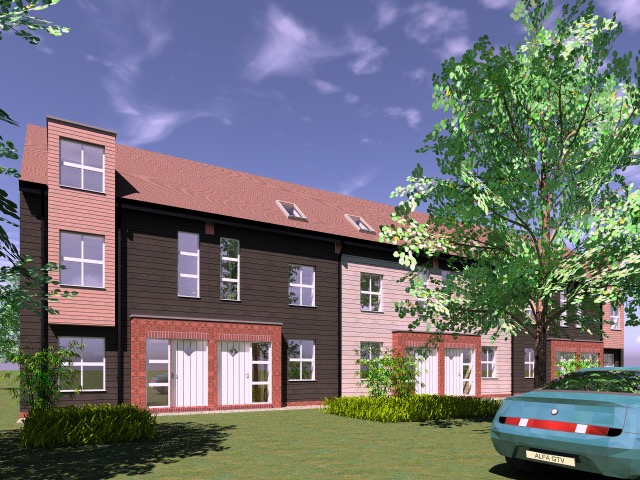
A New Hand on the Tiller: What the Latest Government Reshuffle Means for UK Housing
A New Hand on the Tiller: What the Latest Government Reshuffle Means for UK Housing
Angela Rayner has gone. Is her housing brief leaving with her?
In the often-turbulent world of Westminster, the revolving door of ministerial appointments is a familiar sight. This past week, that door has spun once more for the housing sector, with a significant reshuffle at the Department for Levelling Up, Housing and Communities (DLUHC). As the dust settles, the key question for developers, planners, and investors is clear: does this signal a genuine change in direction, or simply a change of face?
The departure of any minister – more so one also with Deputy Prime Minister responsibilities too – brings their specific projects and policy leanings into question, while the arrival of a new one prompts an intense period of analysis. The industry will be closely examining the new Secretary of State’s voting record, past speeches, and previous roles to get a measure of their priorities. Will they champion radical planning reform, or favour a more cautious, localised approach? Will the focus be on hitting ambitious national housebuilding targets, or on empowering local authorities to define their own needs?
For those of us on the ground, this change at the top introduces a period of both uncertainty and potential opportunity. Key challenges for the new leadership team remain stubbornly in place:
- Planning Reform: The long-debated updates to the National Planning Policy Framework (NPPF) remain a critical issue. The new Secretary of State inherits a system that many argue is too slow, too complex, and a significant barrier to development. A clear and decisive stance on planning will be one of the first and most important signals of their intent.
- Housing Targets: The government’s manifesto commitment to building 300,000 new homes a year remains the benchmark. The new minister will face immediate pressure to demonstrate a credible plan for reaching this target, tackling everything from land availability and SME housebuilder support to skills shortages in the construction sector.
- Environmental Regulations: Navigating the complexities of nutrient neutrality and biodiversity net gain continues to be a major hurdle for developers, often stalling much-needed projects. The industry will be looking to the new leadership for pragmatic solutions that balance environmental protection with the urgent need for new homes.
- Affordability and Social Housing: Beyond sheer numbers, the crisis of affordability and the chronic undersupply of social and council housing require urgent and sustained attention. A policy platform that only focuses on private market delivery will fail to address the full scope of the UK’s housing challenges.
What to Watch For
In the coming weeks, we will be looking for key indicators of the new minister’s approach. Their first major speech, their responses during departmental questions in the Commons, and any initial statements on planning appeals will be scrutinised for shifts in tone and policy. Will the rhetoric focus on “beauty” and “gentle density,” or will it pivot to a more aggressive pro-development language of “growth” and “delivery”?
Ultimately, a change in personnel doesn’t alter the fundamental equation: the UK needs more homes, of all types and tenures, in the right places. While the industry is adaptable, what it craves most is certainty and a long-term strategic vision for housing and planning. Whether this reshuffle marks the beginning of a bold new chapter or is merely a footnote in the ongoing saga remains to be seen.
We will be monitoring these developments closely, providing analysis on what these changes mean for our clients and the wider property landscape.

